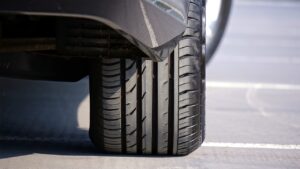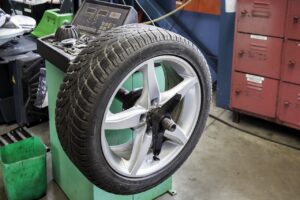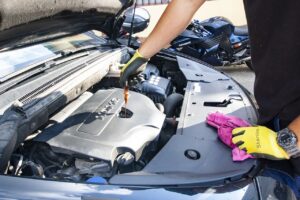
Source : Pixabay.
Have you just bought new tires and are you wondering what all the markings on the sidewall correspond to? Indeed, a tire must be marked with all its technical characteristics and approvals on its sidewall. After showing you the different existing profiles and the detail of a tire tread pattern, Avatar car has decoded all the markings of a tire for you.
TIRE SIZE AND PERFORMANCE MARKING
On the sidewall of a tire, we can clearly read its size and performance. Sidewall tires, to present this information to you, let’s take for example the dimension 205/65 R16 91V, which is one of the most common. 205 is the width, measured in millimeters. The tire is therefore 205 mm wide. 65 is the height relative to the width, measured as a percentage. The height of the tire is therefore 65% of its width. R is the type of tire construction, expressed by a letter (R or D).
Here the letter R stands for Radial, the radial tire represents the majority of automotive tires. Radial is a construction concept in which the tire carcass is made up of parallel steel plies superimposed with 3 layers rubber, textile and metallic fibers placed perpendicularly. The other known type of construction is the diagonal carcass, but it is hardly marketed anymore.
MARKING OF MANUFACTURER APPROVALS
Some manufacturers develop tires with very specific profiles, for this type of tire the marking with the manufacturer’s approval code is present on the sidewall. This marking is not present on the tire itself but it is present on its packaging and is essential to know. The European tire label assesses the performance of the tire based on three criteria: Wet grip; the exterior sound level; the level of energy efficiency of the tire.
The maximum thresholds for these three criteria are defined in EC Regulation No. 661/2009. For energy efficiency and wet grip, the rating is divided into 7 categories, from A to G, with A representing the best performance. For the sound level, the notation is spread over 3 levels of sound waves: either one silent or two medium or three noisy, one wave representing the lowest sound level. Sound level is expressed in decibels.
WET GRIP labeling AMERICAN
Wet grip is the braking performance of the tire on wet ground. This is the labeling safety criterion; it indicates the tire’s ability to stop on wet ground. The performance of the tire is tested on a wet surface and a vehicle traveling at 80km/h. The difference in braking performance between an A-rated tire and an F-rated tire is 30%! That’s about 16 meters apart between the two.





